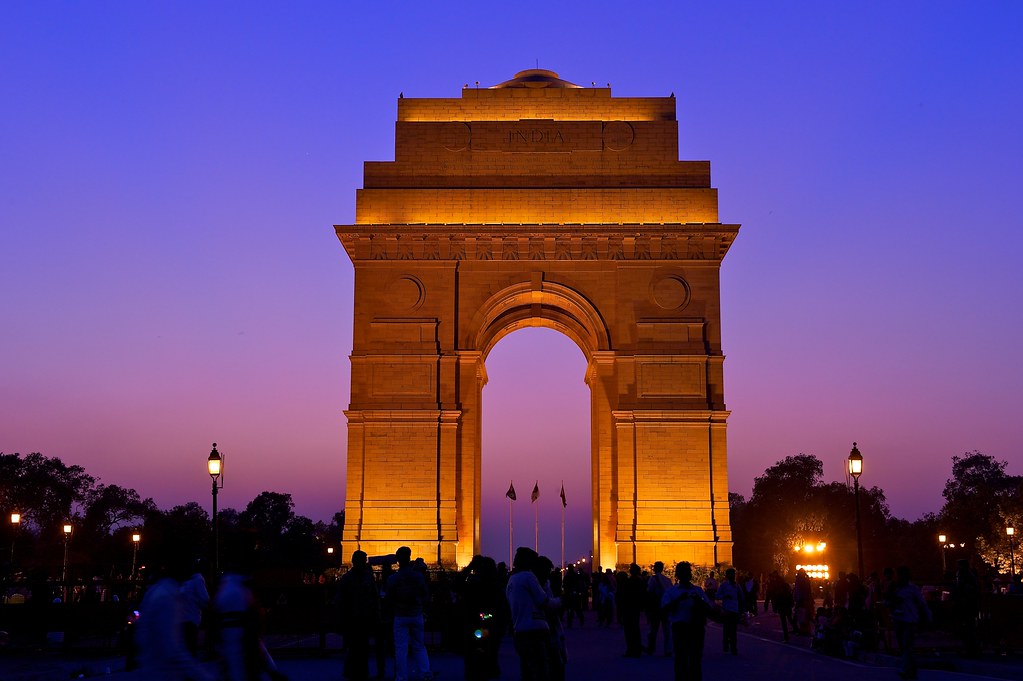India, with its vibrant culture, diverse landscapes, and rich heritage, is one of the most captivating travel destinations in the world. From the snow-capped Himalayas to serene backwaters in Kerala, golden deserts in Rajasthan to bustling cities like Delhi and Mumbai, India offers something for every traveler. If you are considering planning a trip to India, it is essential to prepare carefully to make the most of your journey. This guide will help you navigate visa requirements, ideal travel times, destinations, accommodations, and tips for a memorable experience.
Why Planning a Trip to India is Important
India is vast and diverse, and spontaneous travel can be overwhelming. Planning a trip to India ensures you make the most of your time, avoid common pitfalls, and enjoy a smooth experience. A well-organized plan allows you to:
- Visit multiple regions comfortably.
- Experience cultural festivals and local traditions.
- Explore both popular landmarks and hidden gems.
- Save time and money on transport and accommodation.
Step 1: Decide the Duration and Destinations
The first step in planning a trip to India is deciding how long you will stay and which regions to explore. India’s size and variety mean you cannot see everything in one trip. Consider these popular options:
- Golden Triangle (Delhi, Agra, Jaipur): Ideal for heritage and history enthusiasts.
- South India (Kerala, Tamil Nadu, Karnataka): Beaches, backwaters, and temples.
- North India (Himalayas, Varanasi, Rishikesh): Adventure, spirituality, and hill stations.
- West India (Rajasthan, Goa, Mumbai): Royal palaces, deserts, and vibrant nightlife.
- East India (Kolkata, Darjeeling, Odisha): Scenic landscapes and cultural festivals.
For first-time travelers, a 7–10 day trip covering the Golden Triangle and one southern or western destination is highly recommended.
Step 2: Choose the Best Time to Visit
Weather is a key factor when planning a trip to India. India has three main seasons:
- Winter (October to March): Ideal for most regions with pleasant temperatures.
- Summer (April to June): Best for hill stations in the north and cooler destinations.
- Monsoon (July to September): Offers lush greenery, especially in Kerala, Goa, and the Western Ghats.
Choosing the right season enhances comfort and makes sightseeing more enjoyable.
Step 3: Apply for a Visa
Most travelers require a visa to enter India. For those planning a trip to India, the easiest option is the Indian e-Visa, available online for citizens of over 150 countries.
Key points to remember:
- Valid for 30 days, 1 year, or 5 years depending on travel type.
- Requires a passport with at least six months’ validity, a recent photo, travel details, and online payment.
- Print the approved e-Visa to present at immigration.
Apply well in advance to avoid delays.
Step 4: Set Your Budget
India caters to all types of travelers, so budgeting is important when planning a trip to India:
- Budget travelers: $30–$50/day – hostels, local transport, street food.
- Mid-range travelers: $60–$120/day – boutique hotels, guided tours, and moderate luxury.
- Luxury travelers: $150+/day – five-star hotels, private drivers, and curated experiences.
Include transportation, accommodation, meals, sightseeing, and shopping in your budget.
Step 5: Plan Transportation
India has a wide variety of transportation options:
- Flights: Fastest for long distances between regions.
- Trains: Iconic and convenient for exploring multiple cities; book via IRCTC or authorized platforms.
- Private cars & taxis: Useful for flexible schedules.
- Metro & rickshaws: Efficient for city travel in Delhi, Mumbai, Bangalore, and Kolkata.
Advance bookings help avoid last-minute hassles.
Step 6: Choose Accommodation
Accommodation varies widely across India. Depending on your budget:
- Luxury hotels & resorts: For comfort and premium services.
- Heritage stays & palaces: Experience royal hospitality in Rajasthan or Kerala.
- Homestays & guesthouses: Authentic local experiences.
- Hostels & budget hotels: Affordable options for backpackers and solo travelers.
Book early, especially during peak season (October–March).
Step 7: Create a Daily Itinerary
A structured itinerary is crucial when planning a trip to India. Include:
- Major attractions: Taj Mahal, Amber Fort, Kerala backwaters, Jaipur City Palace.
- Cultural experiences: Festivals, markets, traditional performances.
- Culinary experiences: Regional specialties like South Indian dosas, Rajasthani thalis, and street food in Delhi.
- Leisure: Beaches, hill stations, and nature excursions.
Balance sightseeing with rest to avoid fatigue.
Step 8: Pack Smart
Packing appropriately ensures comfort:
- Lightweight, breathable clothing for warm regions.
- Layers for northern or Himalayan destinations.
- Comfortable shoes for sightseeing.
- Essentials: sunscreen, insect repellent, medications, hand sanitizer, power adapters.
Step 9: Stay Safe and Respect Culture
India is generally safe, but travelers should be mindful:
- Drink bottled water and eat at reputable places.
- Avoid unlicensed taxis.
- Dress modestly in temples and religious sites.
- Respect local customs.
Step 10: Enjoy the Journey
Flexibility and openness are key when planning a trip to India. Unexpected experiences, local interactions, and cultural surprises make your trip memorable. Embrace the diversity, savor local cuisine, and explore beyond standard tourist paths.
Conclusion
Planning a trip to India requires preparation, but it ensures a smooth, enjoyable, and unforgettable journey. By deciding on destinations, timing, transportation, accommodations, and budgeting, you can experience India’s beauty, culture, and spirituality to the fullest. With a little planning, your trip to India will be a remarkable adventure, creating memories that last a lifetime.





